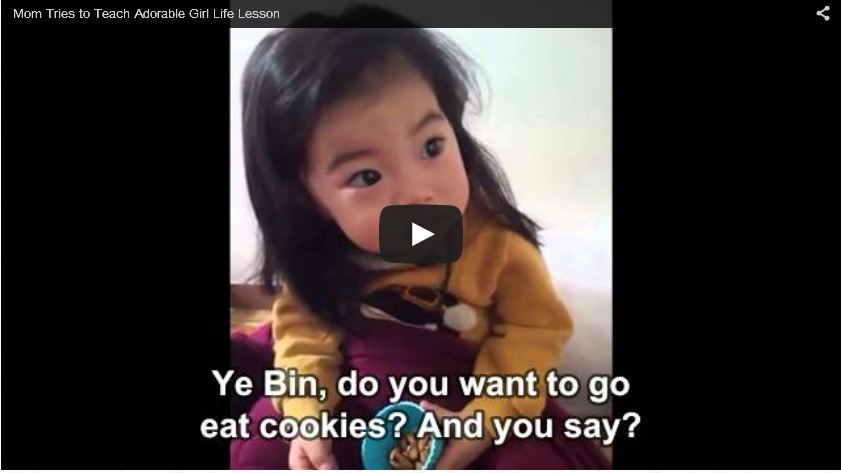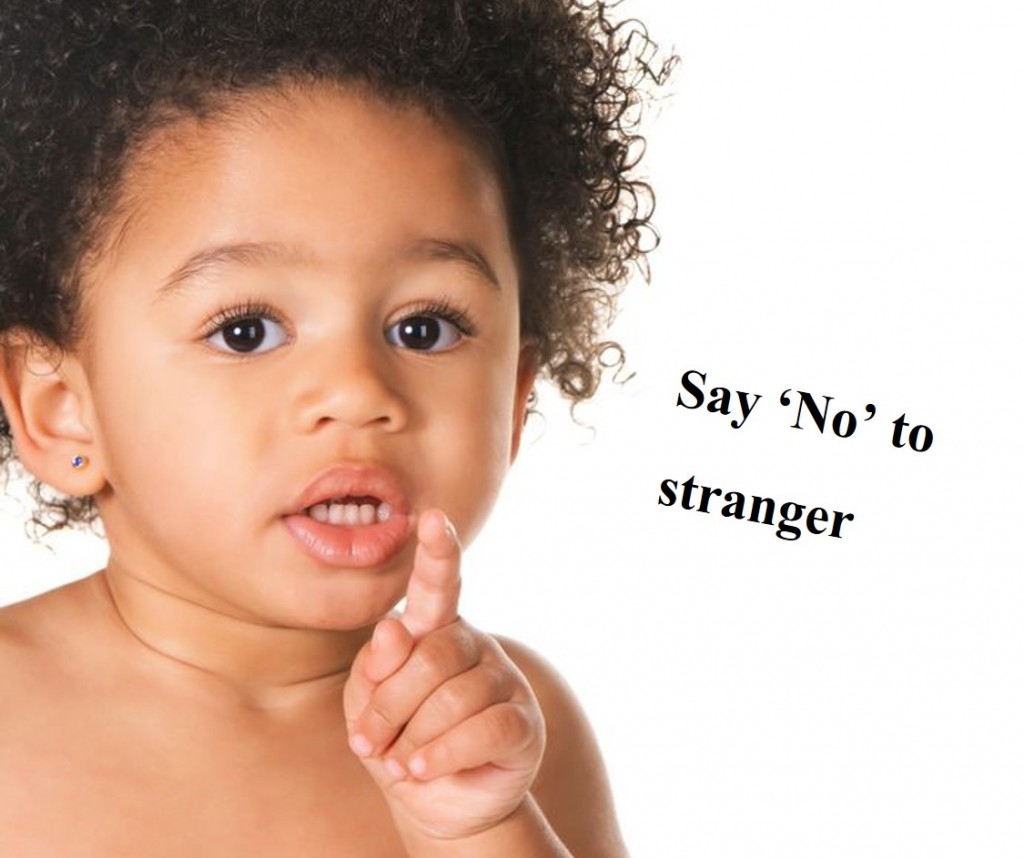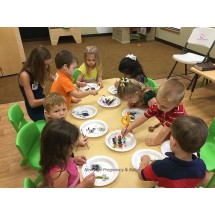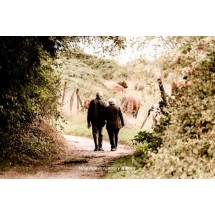Young children do not have much idea about the concept of danger, much less Stranger Danger. They often have difficulties relating danger to a friendly and warm person compare to someone who is scary and nasty.
Check out our 5 great tips on how parents can help their children be more aware of stranger danger without scaring them.
#1 Who is a stranger
A stranger is someone that the family does not know well. When you talk to your child about strangers, explain to them that a stranger might not always look like the villains in the cartoons or movies they watch. A stranger that appears to be nice can be as dangerous as the nasty ones. But do not make it seems like all strangers are bad. Tell them that sometimes a nice stranger may help when we are in danger or lost. Instead, they should always follow their caregivers and be aware and careful around the different strangers.
#2 No generalized statement
“Don’t listen or talk to strangers”
“Don’t take any food from strangers”
“Don’t follow the strangers”
We tend to use the negative approach and tell the children on what they should not do. Instead, we should emphasize on what they can do instead. National Crime Prevention Council(2001), highlighted that “In a dangerous situations, kids should say no, run away, yell as loud as they can and tell a trusted adult what happened right away”. So in short, help children to remember the steps “No, Go, Yell, Tell”. They can approach their parents, police officers, firemen, and teachers if they need help.
#3 Role-playing
After discussing about what a stranger is, you can engage your child in pretend play. Set up a simple stage and pretends to be the stranger and ask your child to show you what she can do and how she can response when certain scenario happens.
#4 Teach your child about their body parts
Many of us often teach children about their eyes, nose, mouth and ears but we forgot about their private parts as well. Use proper biological names for each body parts. The children have to understand about their body parts and that if someone touches them inappropriately, it might not be right. Empower them with simple words like ‘stop’ or ‘no’ to them and tell a trustworthy adult like their parents or caregivers immediately.
#5 Use Children’s Literature
Children’s storybooks are a fantastic source as it often illustrate more details suitable for the comprehension of young children. It becomes a concrete way where your child can relate to and increase their understanding and awareness of the kind of danger they may face when interacting with strangers. One of the great book for young children is Once Upon a Dragon: Stranger Safety for Kids (and Dragons) by by Jean E Pendziwol.
It is essential to prepare children for the real world, but it is important for us to be careful with our choice of words and actions. The last thing we want is to raise a child who is afraid of everything.
Check out a cute little toddler’s reaction to stranger danger here.
 How do you educate your child about strangers? Come on and share your tips with us!
How do you educate your child about strangers? Come on and share your tips with us!
By Crystal Tan |







